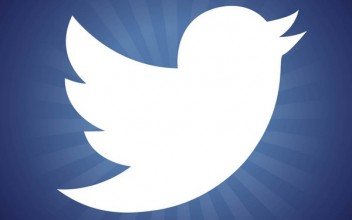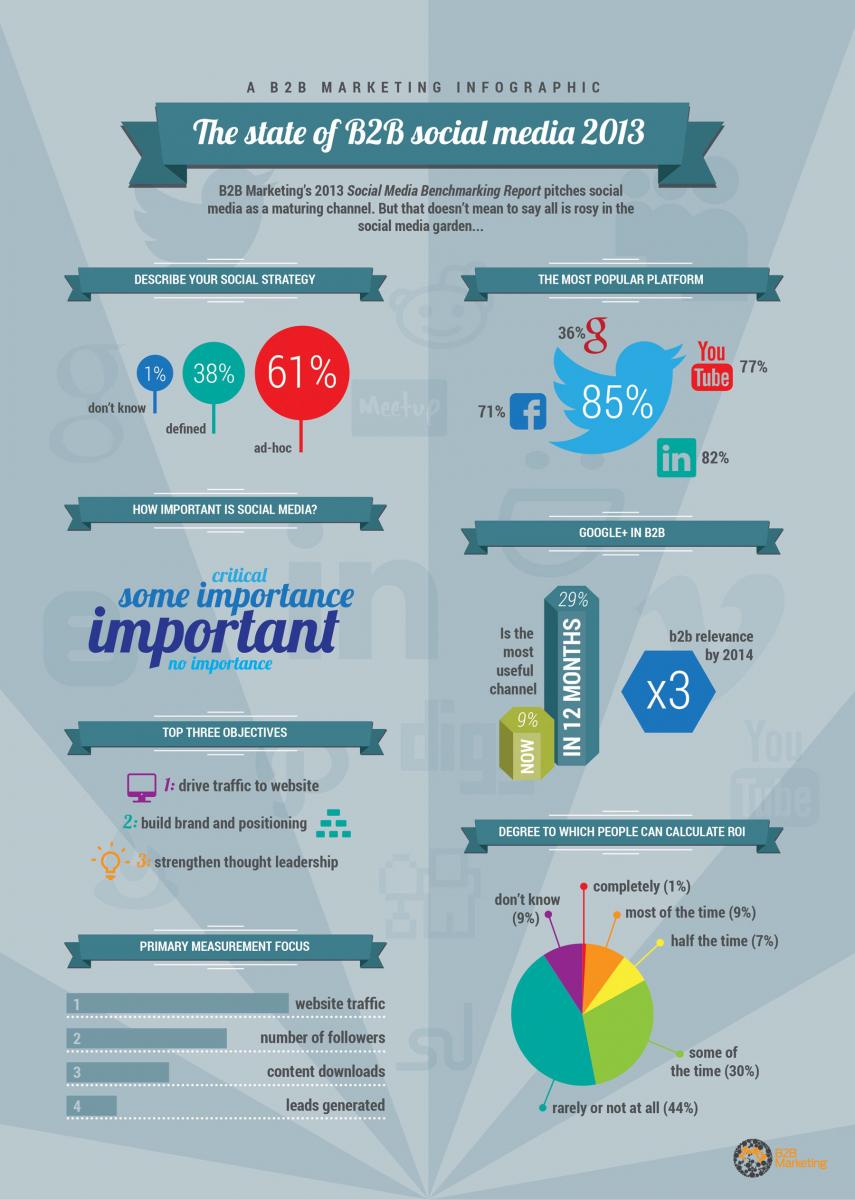The confluent forces of social media and mobile devices, combined with technologies such as DVRs and ad-blocking software, have created a situation where consumers have become resistant to many traditional marketing approaches. This has created a huge opportunity for brands to gain a marketing advantage by leveraging social media effectively – but this is no small task.
One of the most common mistakes for companies trying to market themselves via social media is to attempt to apply a ‘one size fits all’ approach to the various channels. The important thing to keep in mind is that people use different platforms for different reasons, and therefore the approach needs to be tailored to the platform. People have different reasons for using Twitter than they might do for Facebook, and the same could be said of any of the other major platforms such as Pinterest and Instagram. So. it’s clear you need to tailor your approach – so here are a few pointers on how to achieve this on some of the biggest social media channels.


Google+


Instagram has ovetaken Flickr as the most popular photo-sharing platform, and as a predominantly visual medium, it demands a different approach to more text-oriented platforms such as Facebook and Twitter. Because it’s so photo-oriented, brands have found that a behiind-the-scenes documentary approach tends to be the most effective way to engage on this platform. It’s all about telling a story, rather than showing your products or services in a conventional display advertising manner. By making people feel like a part of you story, you can stimulate engagement on this platform, and identification with your brand.
Although the process of tailoring your engagement to different social media channels might seem like it is creating a lot of extra work for yourself, the benefits in terms of engagement levels more than justify the additional effort. Also, if you don’t engage with a platform in the right way, it could have the effect of turning the users of that platform off your brand – which is worse than no engagement at all.
The golden rule when considering how to approach using a certain platform to market your brand or business is to think about how and why people use the platform, and let this inform the type of content that you produce for it. Because the social media landscape is changing and evolving at a rapid pace, it’s important to keep on top of the prevailing trends in order to maintain an effective approach to tailoring social media strategy. To finish up, here is an infographic that highlights some of the changes that are happening in this field at the moment:
I am a writer based in London, specialising in finance, trading, investment, and forex. Aside from the articles and content I write for IntelligentHQ, I also write for euroinvestor.com, and I have also written educational trading and investment guides for various websites including tradingquarter.com. Before specialising in finance, I worked as a writer for various digital marketing firms, specialising in online SEO-friendly content. I grew up in Aberdeen, Scotland, and I have an MA in English Literature from the University of Glasgow and I am a lead musician in a band. You can find me on twitter @pmilne100.






























